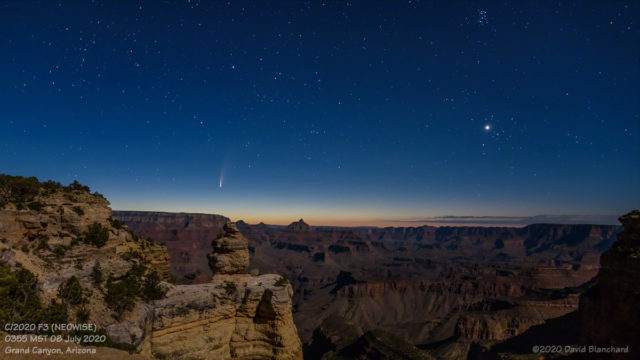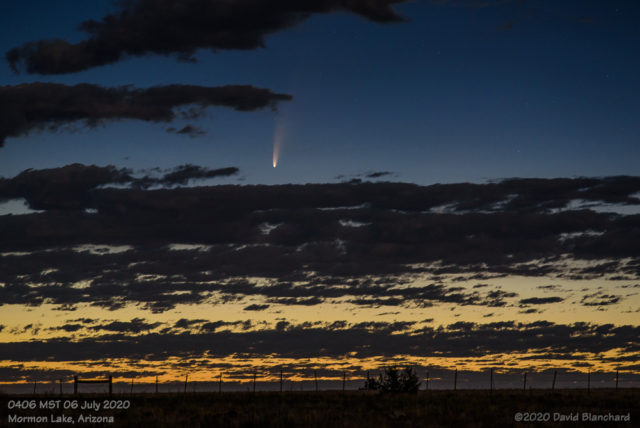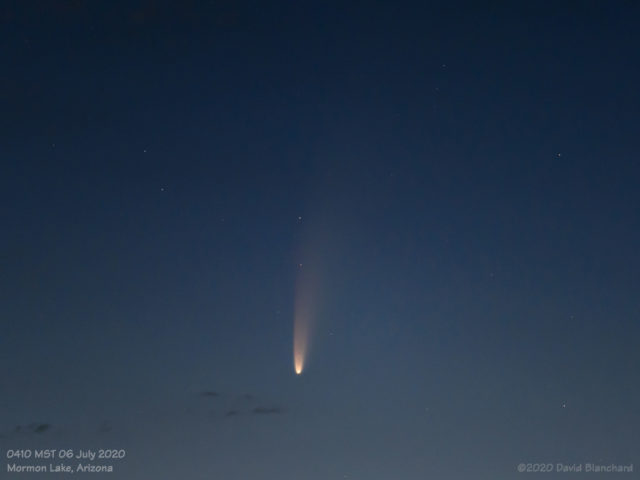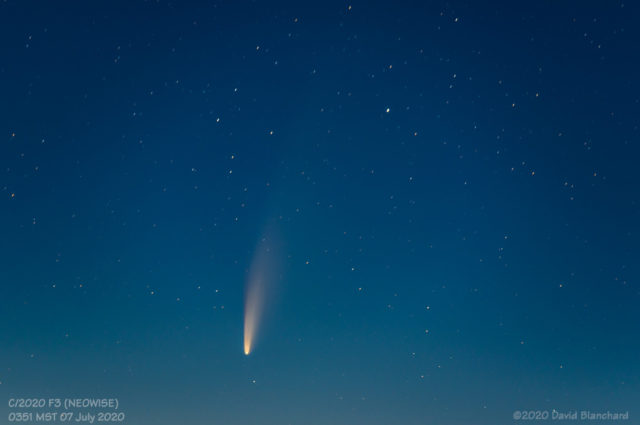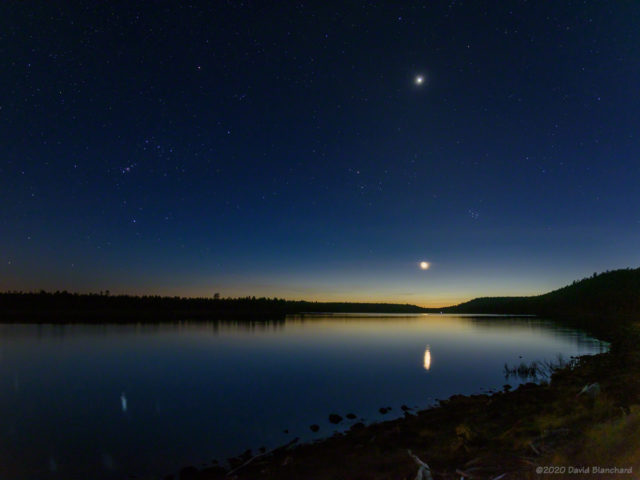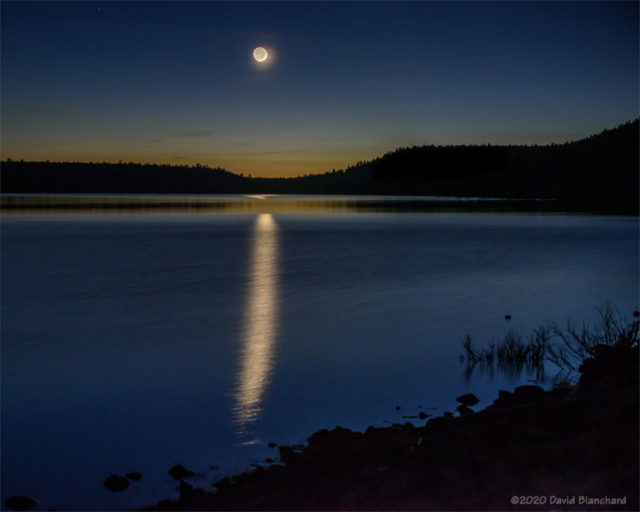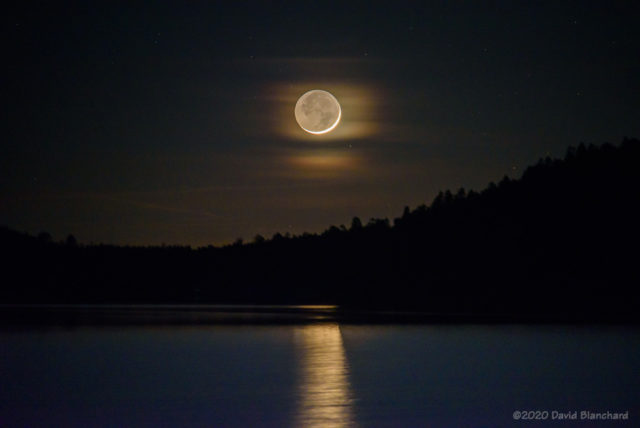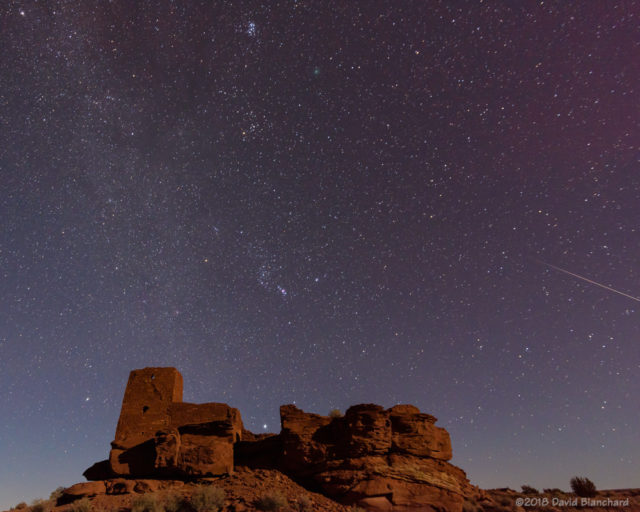The Lunar eclipse of 18–19 November was considered a “partial eclipse” but with 97% coverage it was pretty close to a total eclipse. But not quite. That last 3% of the illuminated limb of the Moon was enough to make photography a challenge because its brightness significantly overwhelmed the dim red of the remainder of the lunar disk as well as the nearby stars.
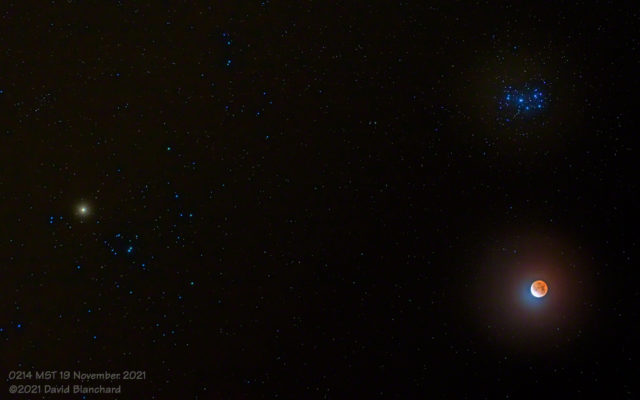
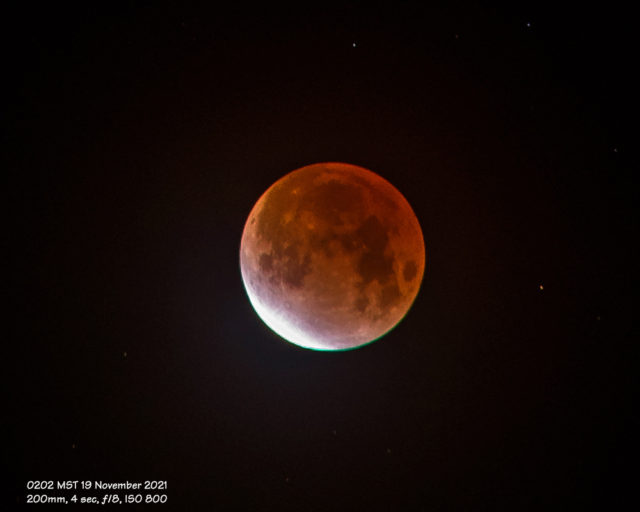
What made this eclipse noteworthy is the proximity of the Moon to both the Pleiades (M45) and Hyades star clusters.
I used an Nikon 80–200mm telephoto zoom lens for this astrophotography session. Set to 200mm it was possible to capture (barely) both the Moon and Pleiades. Set to 80mm it was easy to capture all three objects. This legacy lens from Nikon is still a very useful astrophotography lens for me—not least because it has a hard stop at infinity making nighttime focusing simple.
Complicating the setup—and there’s always a complication—was the presence of high, thin clouds streaming across the sky. These clouds muted the brilliance of the stars but also created an illuminated area surrounding the Moon. To capture both the bright uneclipsed sliver of the Moon as well as the nebulosity in the Pleiades required shooting a variety of exposures that could be blended later. Even this was not as easy as I had hoped and I tried different methods (e.g., layers with masks; high dynamic range blending; dodging and burning, etc.) until I was finally satisfied with a good but less than stellar (get it? stellar?) image.
Here are two images. The zoomed in and highly cropped image was shot at ISO 800, ƒ/8, and 4 seconds at a focal length of 200mm. The wider field of view was shot at 80mm, ISO 800, ƒ/8, and at shutter speeds of ½, 1, 2, 4, 8, 15, and 30 seconds. HDR blending was done using Lightroom 6 and then further tweaked using various tools to brighten the stars while keeping the Moon dark.
